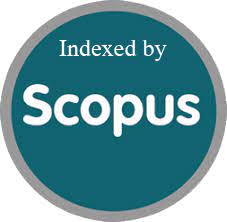Prediction of Breast Cancer and Encasement using Explainable Artificial Intelligence Technique and Validation Boosting.
DOI:
https://doi.org/10.52783/jns.v14.3668Keywords:
Mammography, Transfer learning, XAI, Deep Learning, Breast Cancer, AIAbstract
Breast cancer stands as a substantial worldwide health problem which requires swift and precise medical diagnosis. Current research demonstrates that deep learning techniques within artificial intelligence enhance the ability to detect breast cancer effectively. This research implements explainable AI methods together with transfer learning through deep recurrent convolutional neural networks (RCNNs) to boost breast cancer recognition. The proposed model unites recurrent layers for sequential processing with convolutional layers for spatial feature extraction through which it detects local patterns together with mammogram temporal dependencies. The implementation of explainable Artificial Intelligence techniques allows professionals to understand model decisions therefore boosting its clinical applications. The proposed method receives performance-based evaluation using public mammography data which demonstrates superior breast cancer detection success versus baseline model performance. The approach delivers insights about the decision-making and learned representation processes to provide more transparency and trust when AI assists in diagnostic practices. The results of our study demonstrate the value of explainable AI-based transfer learning utilizing deep RCNNs for enhancing radiologist abilities and improving breast cancer patient results during screening and diagnosis procedures.
Downloads
Metrics
Downloads
Published
How to Cite
Issue
Section
License

This work is licensed under a Creative Commons Attribution 4.0 International License.
You are free to:
- Share — copy and redistribute the material in any medium or format
- Adapt — remix, transform, and build upon the material for any purpose, even commercially.
Terms:
- Attribution — You must give appropriate credit, provide a link to the license, and indicate if changes were made. You may do so in any reasonable manner, but not in any way that suggests the licensor endorses you or your use.
- No additional restrictions — You may not apply legal terms or technological measures that legally restrict others from doing anything the license permits.










